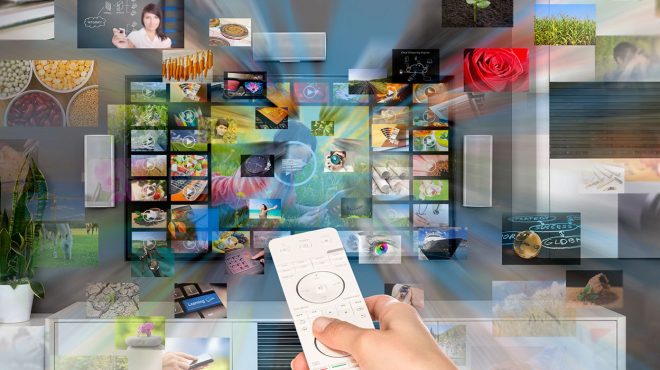Mar 30, 2016
How fast will television change, again?

Advertising | B2B | Branded Media | Broadcast | SFBJ | Social
Reprinted from the South Florida Business Journal.
It’s already changing. Millennials are charting a new course for television, and brand marketers need to get on board.
Over 25 years ago, CNN launched its television news network of now 10 domestic and 36 international bureaus. Television changed, cable networks grew and marketers were told to “think global.” Today, with many prominent and growing “video streamers” — including Apple TV, Roku, Chromecast and Amazon Fire TV — the way television content is consumed is changing again, and marketers are told to “think individual.”
The change to “think individual” centers on our choice of how we consume television. Instead of watching the family TV, we all carry a variety of devices with us and consume video content at will on smartphones, tablets, laptops – even virtual-reality headsets.
‘Cord-nevers’ embrace streaming
Today, many younger millennials will say they have never had a cable TV bill, so they are labeled “cord-nevers” unlike their older millennial counterparts, who are labeled “cord-cutters” when they cancel their cable. They use video streamers to view the programs, movies and news content they want, when they want to and how they want to — much of it “for free,” instead of bundled with hundreds of channels they may not watch, but still pay for.
It is estimated that the total number of households that don’t subscribe to pay-TV is over 20 million, or 17 percent of American households, presumably a combination of cord-cutters and cord-nevers. That number is estimated by eMarketer to grow slowly, but steadily, to 23 percent of American households that won’t pay for traditional TV in 2019.
This is a significant number of households that marketers don’t want to leave behind, especially those who wish to influence millennials and their children. And, to accommodate this shift, the major networks are allowing some of their content to be viewed on video streamers’ platforms.
Direct streaming, direct targeting
The silver lining in this cloud of change for brand marketers is its razor-sharp targeting ability to “individual” interests.
While even more complex, this advanced content delivery system adds power to brand messaging. How impactful is it to see an ad or commercial that was specifically made for the show or content you are watching? How valuable is it to the advertiser to have its targeted message reach you in the relevant moment of interest? How perfect to be able to present a clickable offer linked to immediate purchase capability?
100% view rate on advertising
The power and pleasure offered in this type of a buying process is why new studies are showing that many viewers don’t mind watching ads, especially when they are not inundated with too many ads at once. And, for example, Hulu on Apple TV delivers content to viewers who cannot skip through ads from advertisers who pay for “100 percent views.”
Growth of this platform in inevitable. For non-millennials, the installation of video streamers on the family TV is a little challenging, but help from younger family members is usually available to make the generational leap easier. And, while network affiliates and other traditional TV content are still not entirely available on these platforms, the shift will occur a lot faster than the shift from broadcast to cable.
So, in 2016, “think individual” and take advantage of the ability to powerfully target your customer, have a 100 percent view rate on your message, shorten the purchase process and amass rich data on video streamers.
